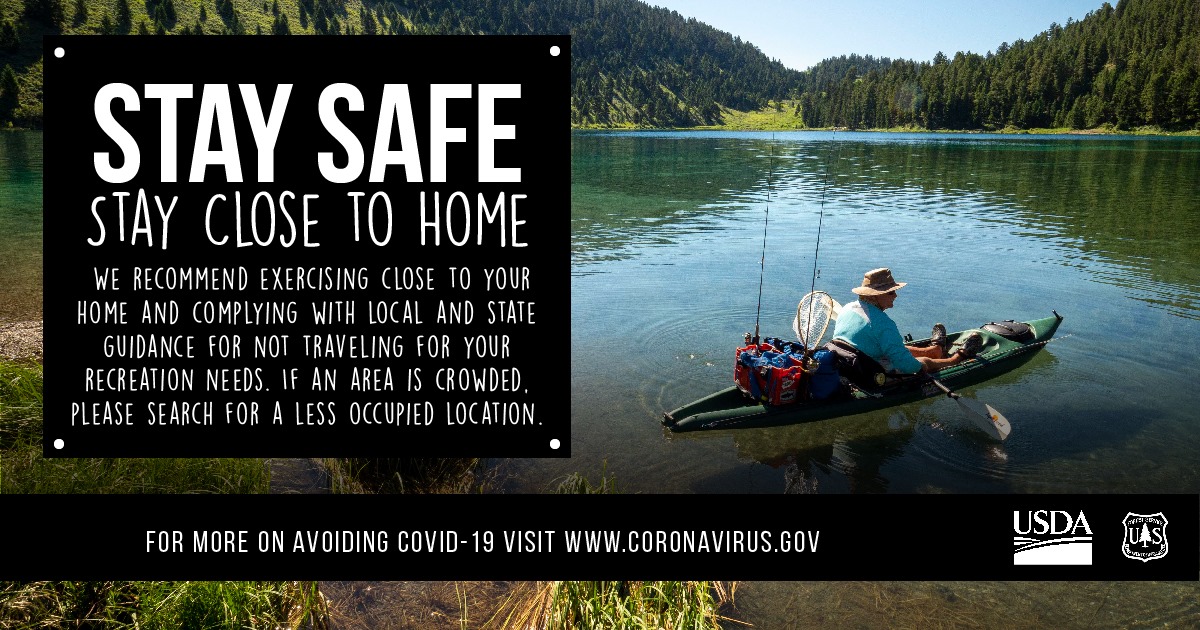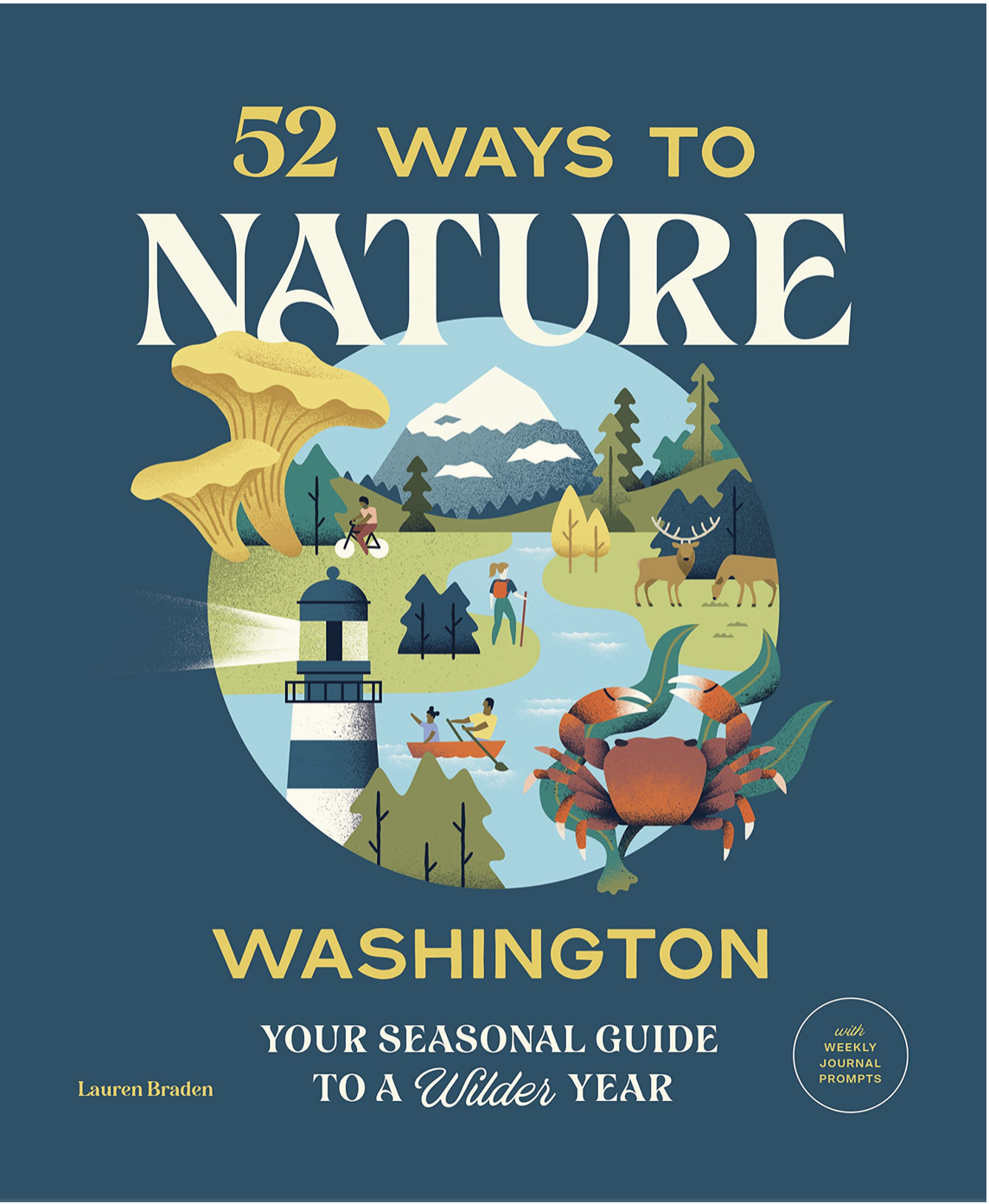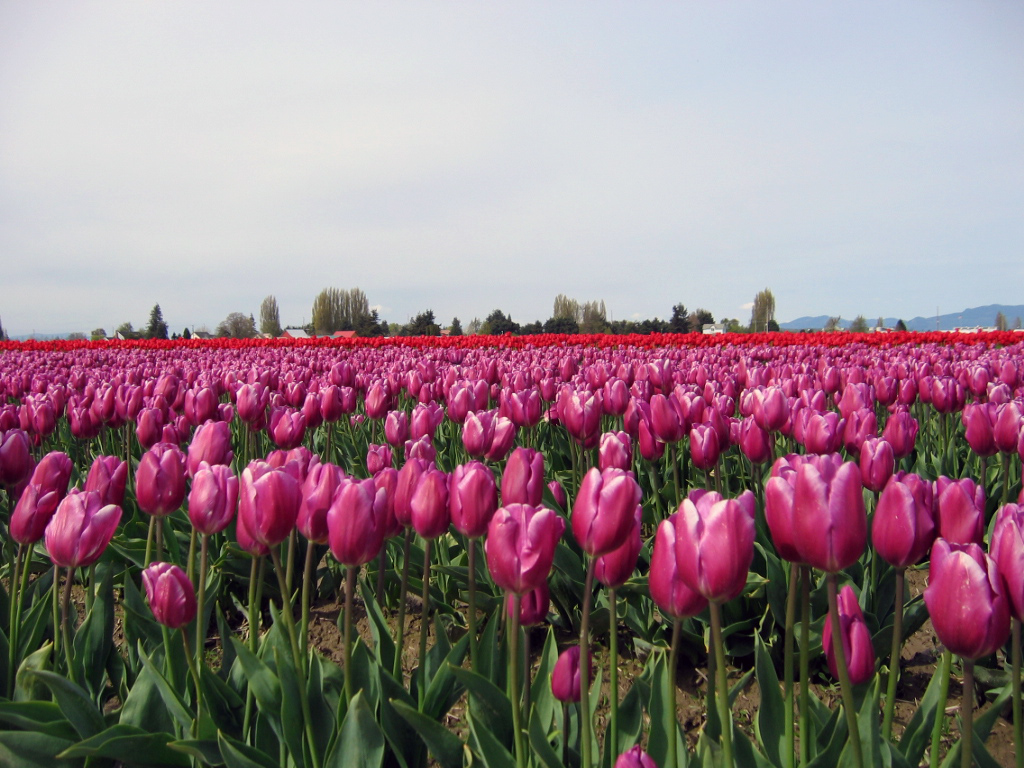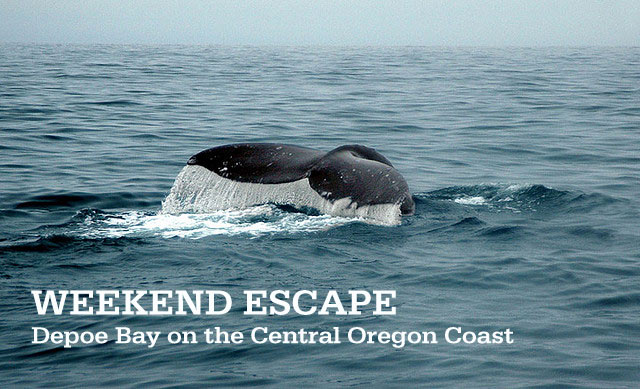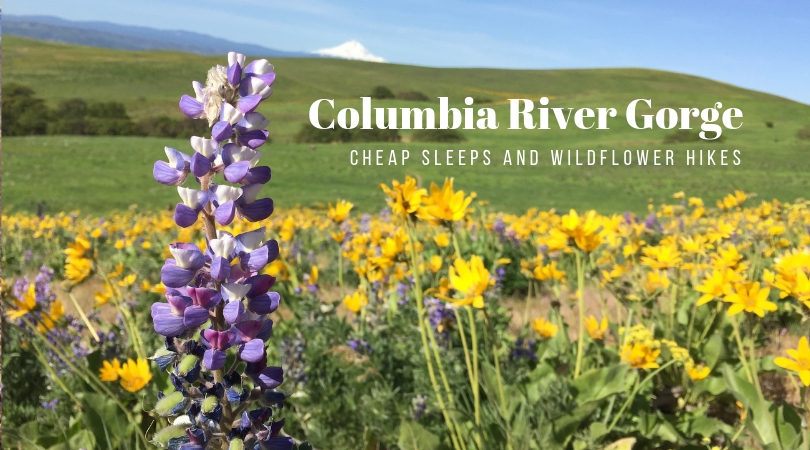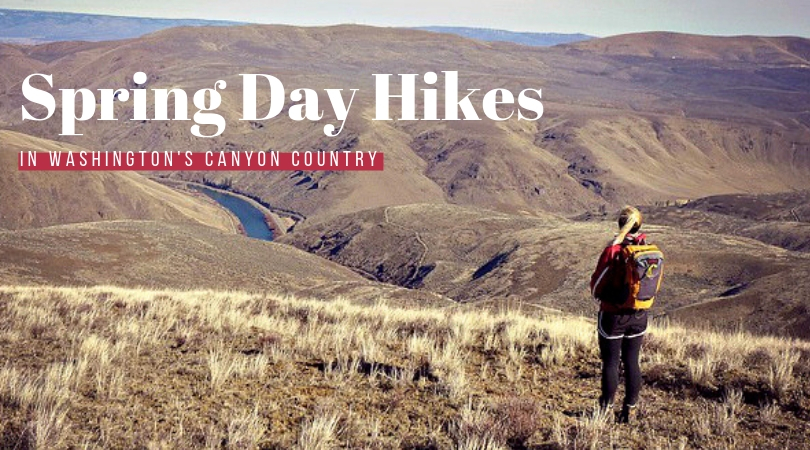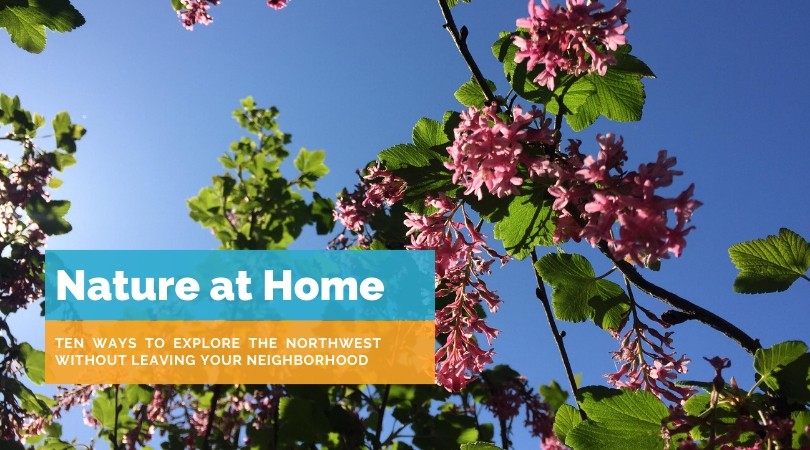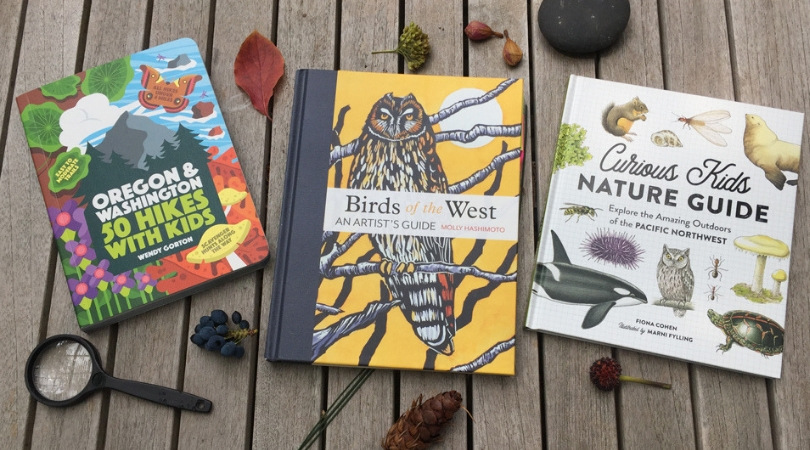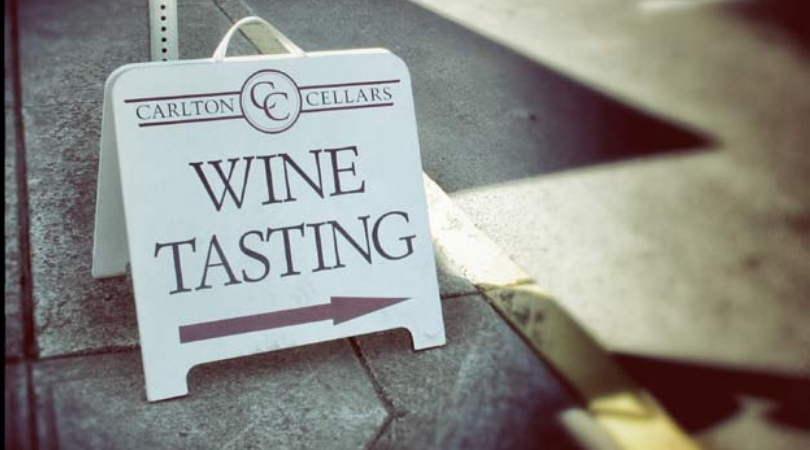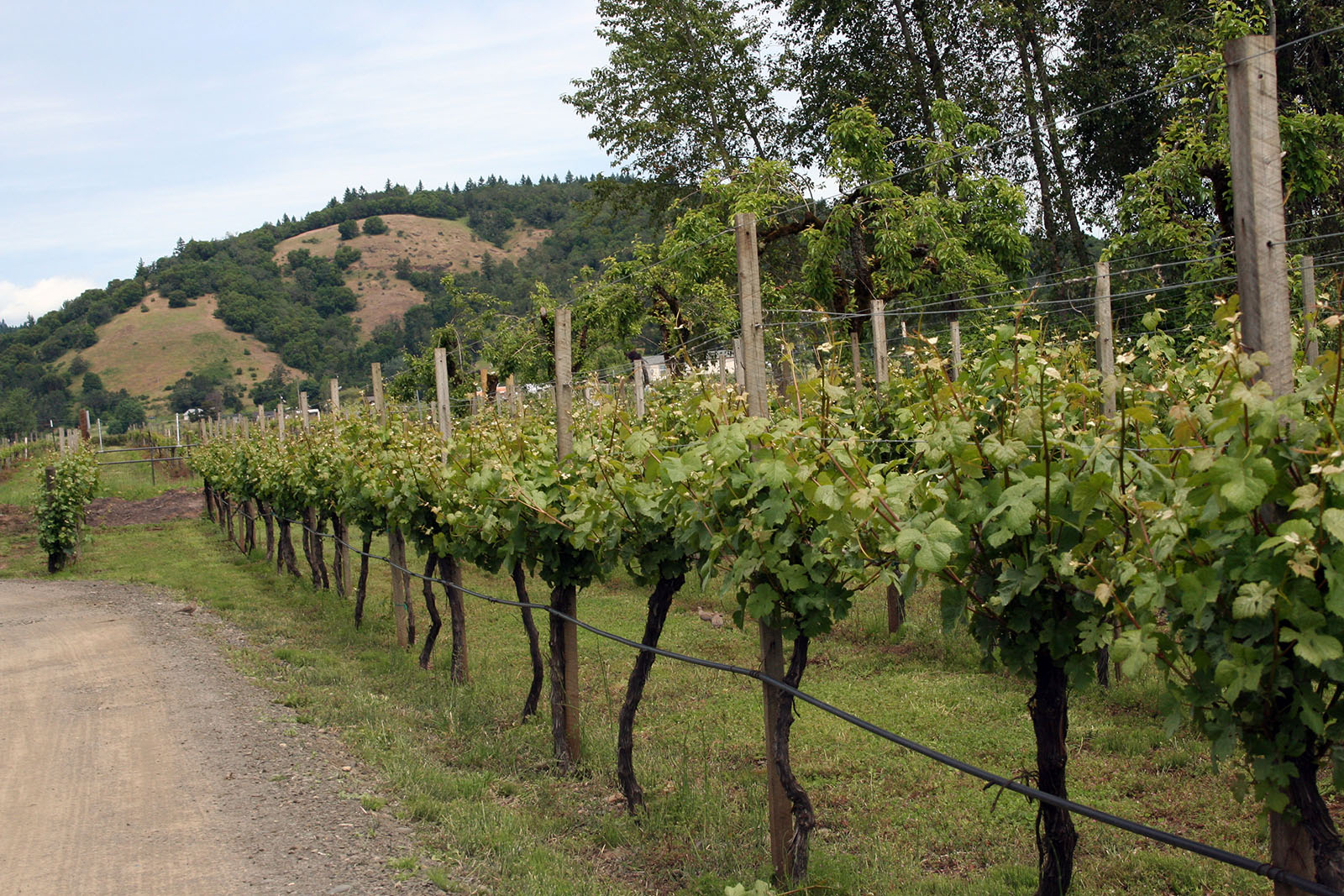UPDATED: May 22, 2020
Have your hiking boots been sitting beside the front door, collecting dust? How about your fishing pole, binoculars, kite and canoe paddle?
The coronavirus put spring outdoor adventure on hold for months, and most of us have been sheltering in place. Now, thanks to our collective diligence and determination to put the brakes on a steep upward curve of the germ’s transmission, some public lands have re-opened as of May 5 in Washington and May 6 in Oregon for hiking, fishing, boating and more. It will be a joy to get out in nature, fresh air and sunshine again, though there are restrictions and guidelines we must follow to keep ourselves and others safe.
![]() COVID-19: How to Explore Nature Without Leaving Your Neighborhood | COVID-19: The Perfect Guidebook for Finding Trails Close to Your Home
COVID-19: How to Explore Nature Without Leaving Your Neighborhood | COVID-19: The Perfect Guidebook for Finding Trails Close to Your Home
Below you’ll find an easy Q&A format to tell you which public lands in Washington and Oregon have reopened and which have not yet. I’ll explain the guidelines for responsibly using these lands in the time of the novel coronavirus. In another post, I’m sharing ideas for choosing less-crowded destinations that are close to home but might not be on your radar.
Have fun and stay safe!
Q: Wait, aren’t we still under a “stay at home” order? So why have parks opened?
Yes. Washington state is under a stay-at-home order until May 31. Oregon’s stay-at-home order remains in effect until further notice. This means that we should only leave our homes for essential activities, like groceries, medical emergencies, etc. Both states had shuttered parks and other recreation areas when the number of new cases per day was rising. Both states are cautiously relaxing those closures now, along with strict safety guidelines, because outdoor exercise is essential for physical and mental health. While these parks may be open, facilities like restrooms will be closed, so plan accordingly.
Q: Which outdoor recreation areas in Washington and Oregon are now open?
Over 100 Washington State Parks opened on Tuesday, May 5 for daytime use. The locations still closed include Wallace Falls, most of the ocean beach parks (Cape Disappointment, Grayland Beach, Twin Harbors, Westport Light, Pacific Beach) and those along the Columbia River Gorge (Beacon Rock, Columbia Hills, Maryhill). The re-open date for those is TBD. To see the full list of every park open and every park still closed, go here. Parking will be intentionally limited at popular urban state parks to discourage overcrowding, including Dash Point, Lake Sammamish, and Saint Edward.
Several Oregon State Parks are now open. More state parks will be phased in soon; check this interactive Park Status Map for the latest. Limited overnight camping available starting June 9th.
Some developed recreation sites on national forest lands throughout Washington and Oregon are still closed, while others are re-opening in a piecemeal fashion, so it’s crucial you check the latest conditions before you head out. For the latest status on all Region 6 national forests, click here. Here is info on the most-visited forests:
- The Gifford Pinchot National Forest has reopened most developed day use and trailhead sites. Closures still include all campgrounds, the Lower Falls Recreation Area, Ape Cave & Forest Road 8303, and Johnston Ridge Observatory. State Route 504 Spirit Lake Memorial Highway will remain gated & closed at MP 45.0.
- The Mount Baker-Snoqualmie National Forest remains closed at all trailheads, campgrounds and day-use areas.
- The Okanogan-Wenatchee National Forest has opened trailheads and day use sites effective May 22, 2020. Campgrounds and some other developed recreation sites are still temporarily closed.
- The Olympic National Forest remains closed at all developed trailheads, campgrounds and day-use areas.
- The Mt. Hood National Forest remains closed at all developed trailheads, campgrounds and day-use areas.
- The Willamette National Forest on Friday, May 22, 2020, select campgrounds, and many developed recreation sites and trailheads will be accessible with limited services.
National parks in the Pacific Northwest (Mt. Rainier, Olympic, North Cascades and Crater Lake) are opening in a phased way.
- At Mt. Rainier National Park, the Nisqually Entrance remains closed, as does access to Longmire and Paradise. This entrance is expected to open when Washington state moves to Phase Two, expected in early June. SR410 & 123 to Cayuse Pass are open. The Carbon River area is open. Trails accessible from SR123 & 410 are open. All park visitors’ centers and restrooms are closed. Campgrounds are closed.
- At Olympic National Park, Lake Crescent is open for day use, including the Barnes Point area with access to the Marymere Falls and Moments in Time trailheads, and the Storm King boat launch. The Spruce Railroad Trail is currently under construction and closed to all use for public safety until the project is complete in Fall 2020. Sol Duc Road is open, but the resort is closed. The Heart O’ the Hills area is accessible. The remainder of the park remains closed including all coastal areas. Campgrounds are closed.
- North Cascades National Park remains closed at this time. State Route 20 is open for local and essential travel but the park complex is closed including all services, trails, and campgrounds.
- Crater Lake National Park remains closed.
ALL public lands campgrounds remain closed at this time. However, you can go ahead and make campground reservations for some campgrounds and will be automatically refunded if campgrounds are still closed on your reservation dates. Washington State Parks is taking new reservations for dates after June 30, 2020 for campsites, cabins, or yurts (no group camps, though). Oregon State Parks has cancelled existing reservations through June 9, and is not accepting new camping and facility reservations yet. Stay flexible – camping for this summer is very much in flux.
City and county parks vary by location, so check with your local parks departments on their status. The Northwest’s most populous county, King County, re-opened its parks Friday, May 8, which includes many frontcounty hiking and mountain biking trails used by folks in Seattle and the Eastside.
Q: What are the guidelines for safely recreating in the outdoors?
Washington and Oregon are recommending the same basic guidelines and tips for visiting public lands, so I’ll summarize them here.
- Stay close to home, preferably traveling within your own county or to an adjacent county. Oregon is specifically telling people who live in an urban area to stay within 50 miles of their home for recreation.
- Make sure your destination is open the day of your trip or hike. Land management agencies caution that re-opened parks could close again if health hazards arise.
- If you arrive at a trailhead and it’s crowded, move on to an alternate destination that is less crowded.
- Go only with people from your household.
- Visitors are asked to continue to keep six feet of physical distance from other people and groups. This includes on boat docks, fishing piers, and on trails.
- Avoid touching things like banisters and railings while on the trail unless you need them for stability. If you have to touch them, sanitize your hands before and afterwards.
- Bring a mask. Wear the mask or keep it accessible (like in your pocket) and put it on if you are unable to maintain a safe distance, such as passing on a hiking trail.
- Bring everything you need from home for your trip, including all your food, water, hand sanitizer, the ten essentials, and toilet paper, with a large ziplock to pack out your trash. Plan ahead so you won’t need to stop anywhere.
- Anyone who is feeling sick, unusually fatigued, coughing or sneezing should stay home.


